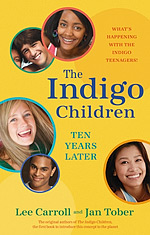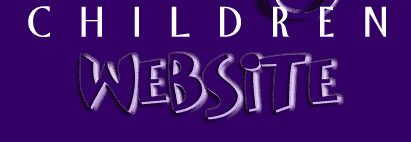| |
 |
  This website is meant to complement the books The Indigo Children, An Indigo Celebration, and The Indigo Children Ten Years Later, all published by Hay House. If you landed on this page without knowledge of these books, you can quickly see a synopsis, table of contents, reviews, and even read an excerpt from book 1 (or purchse it) by clicking here . The same is true of Indigo Book Two by clicking here. This website is meant to complement the books The Indigo Children, An Indigo Celebration, and The Indigo Children Ten Years Later, all published by Hay House. If you landed on this page without knowledge of these books, you can quickly see a synopsis, table of contents, reviews, and even read an excerpt from book 1 (or purchse it) by clicking here . The same is true of Indigo Book Two by clicking here.

LAST INDIGO BOOK: The Indigo Children Ten Years Later
LOOK! WIKIPEDIA WARNING!

This site is meant to compliment the three Indigo Children books written by Lee Carroll and Jan Tober in 1999. At that time, the subject of "Indigos" hadn't been published world wide, and this information - originally from Nancy Tappe - was ready to be given to the earth. By 2014, half a million of these books were in circulation. The last book (above) was published in 2009
- AUTHORS BOOK 1 - Information to contact the Contributing authors
of the first Indigo book (as of 2008)
- BOOK 1 LINKS - Links to helpful websites that are listed in book 1
(updated as of 2008)
- INDIGO BOOK 2 - is a page dedicated to the second Indigo book, "An Indigo Celebration."
- AUTHORS BOOK 3 -Information to contact the Contributing authors
of the third Indigo book, and their websites (as of 2008).
- RECOMMENDED BOOKS - Click this link for books specific to Indigos, that are NOT mentioned in "The Indigo Children" or "An Indigo Celebration" books. (updated 2008)
Portions of this site
last updated March 2009
THIS SITE IS NO LONGER BEING UPDATED
|
 |
 |





